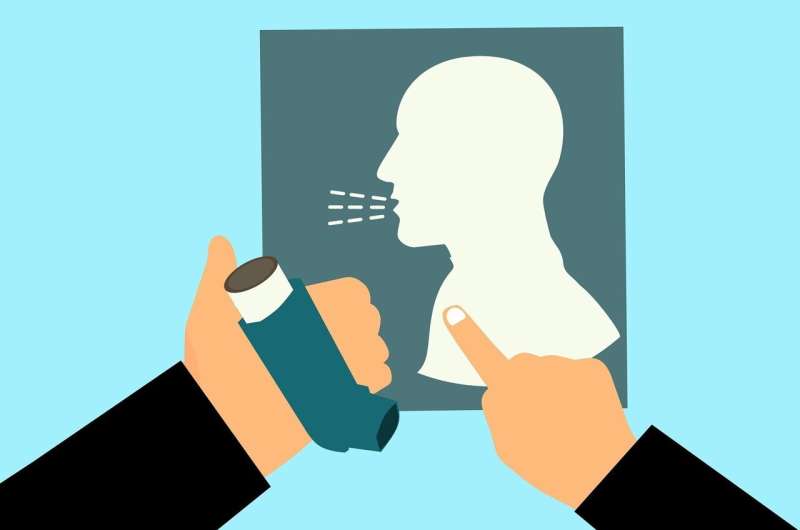This article has been reviewed according to Science X's editorial process and policies. Editors have highlighted the following attributes while ensuring the content's credibility:
fact-checked
peer-reviewed publication
trusted source
proofread
Improvements in social, educational and economic-related characteristics of communities may reduce asthma

Asthma is one of the most common, chronic pediatric diseases in the United States, complicated by persistent disparities in care and outcomes. While hospital systems are determined to tackle this issue, researchers believe that the characteristics of a child's neighborhood may be driving inequities in rates of early childhood asthma.
In a study published in The Journal of Allergy and Clinical Immunology, researchers found that neighborhoods with improved socioeconomic and educational opportunity were more likely to have lower rates of asthma-related emergency department (ED) visits among children younger than five years old in Washington, D.C.
"The Child Opportunity Index (COI) incorporates 29 different measures of social determinants of health into one single measure. Our findings highlight that higher overall opportunity scores of a child's neighborhood are associated with lower rates of emergency room visits for asthma-related illness," says Jordan Tyris, M.D., a hospitalist and lead author of the study.
"In particular, the socioeconomic and educational measures drove this association. This tells us that improving socioeconomic and educational factors in areas with higher asthma-related ED utilization might help reduce how often children are getting sick from their asthma."
In this cross-sectional study, researchers examined 3,806 children who were under the age of 5 with physician-diagnosed asthma, who were included in the Washington, D.C., Pediatric Asthma Registry between January 2018 and December 2019. Children in this age group experience disproportionately high rates of asthma. Of the 3,806 children, 2,132 (56%) kids had a collective 5,852 ED encounters, and 821 (22%) of kids had a collective 1,418 hospitalizations.
According to Dr. Tyris, researchers had to work to define cohorts of children under 5 years of age with diagnosed asthma, due to the considerable overlap in early childhood between the clinical presentations of virally induced wheezing and asthma. Ultimately, this presents a barrier to conducting research that exclusively focuses on this young population.
"These findings highlight the importance of considering efforts to improve social, educational and economic-related characteristics of communities as another method to reduce asthma morbidity in early childhood," said Dr. Tyris.
More information: Jordan Tyris et al, The Child Opportunity Index and asthma morbidity among children younger than 5 years old in Washington, DC, Journal of Allergy and Clinical Immunology (2023). DOI: 10.1016/j.jaci.2023.08.034


















